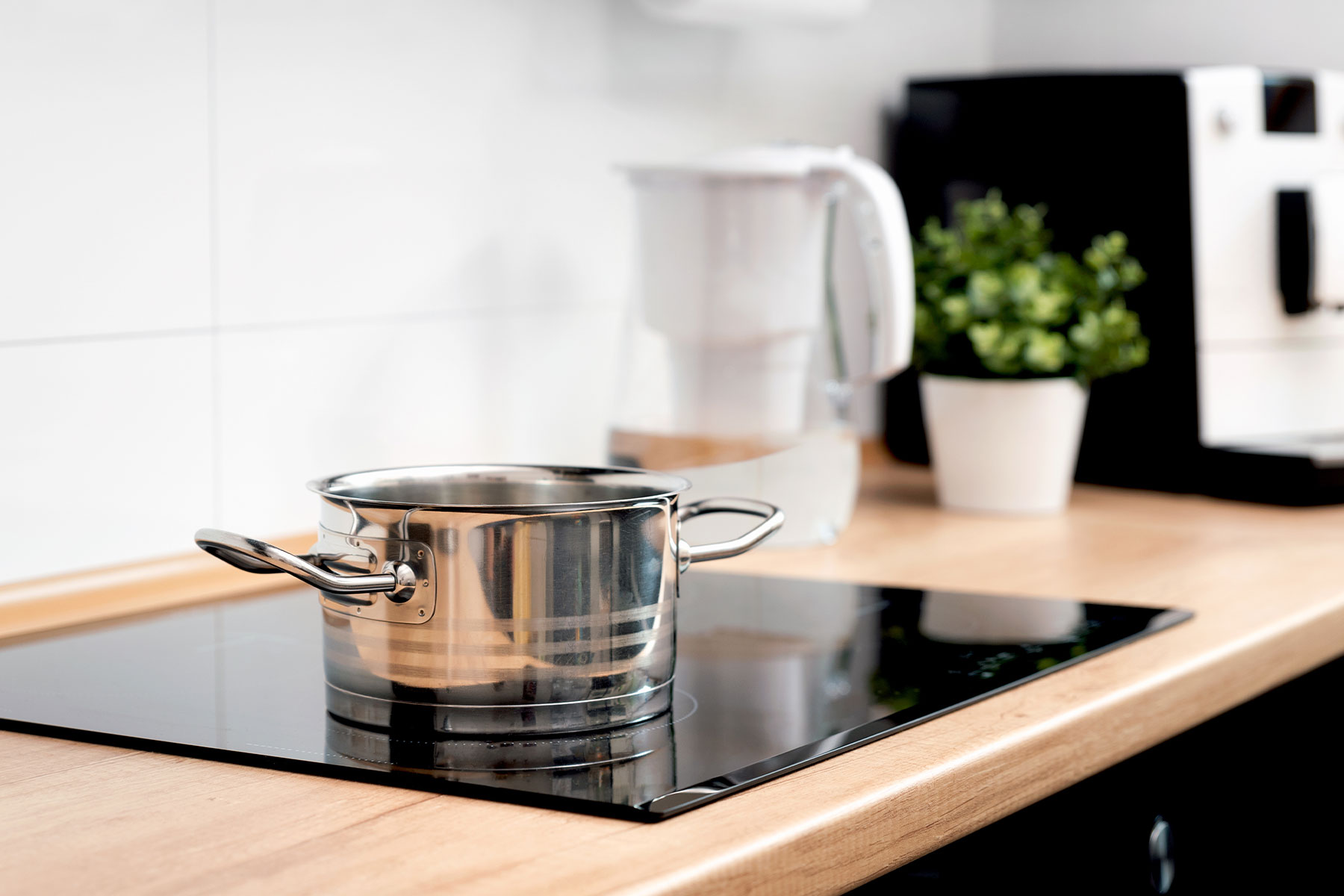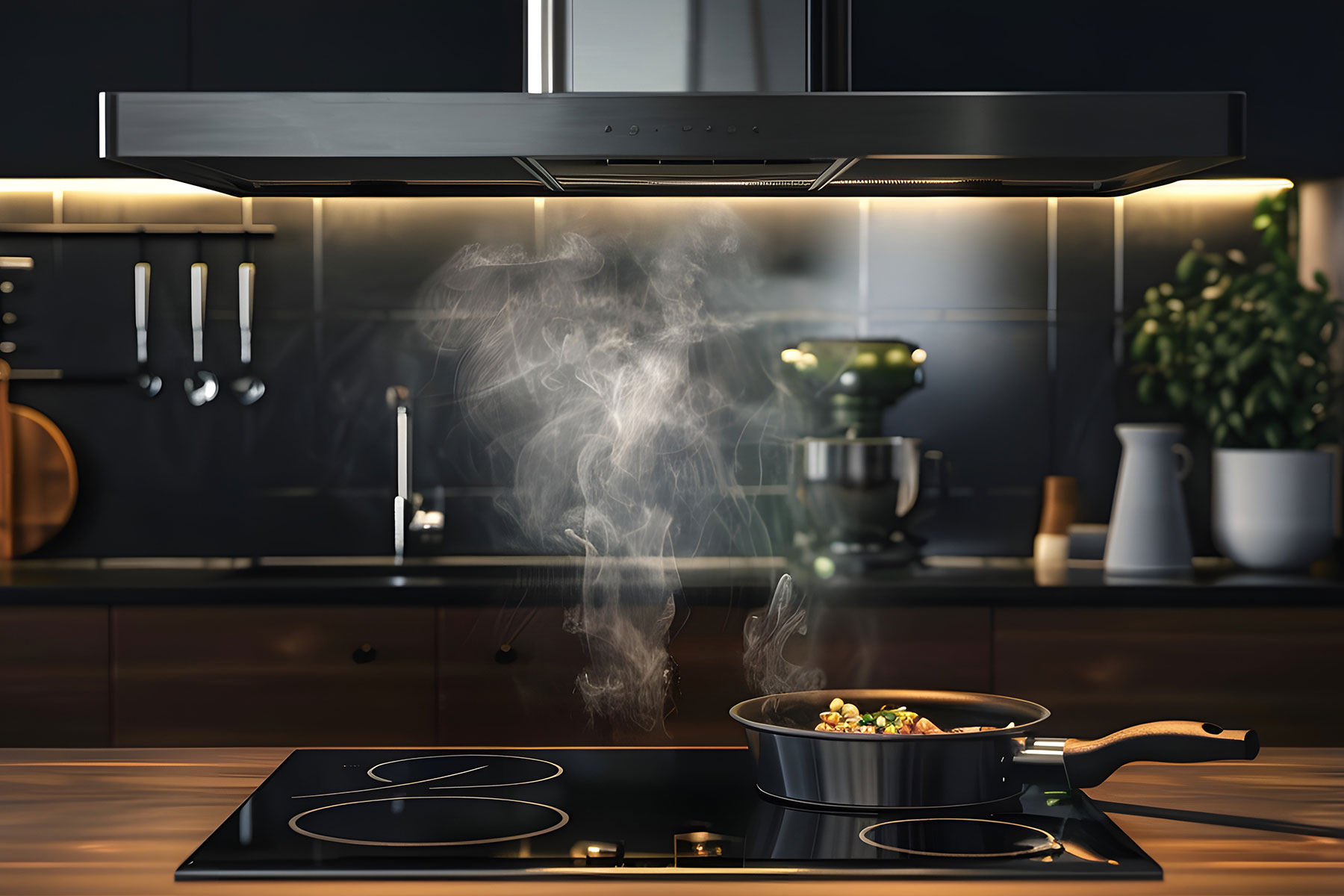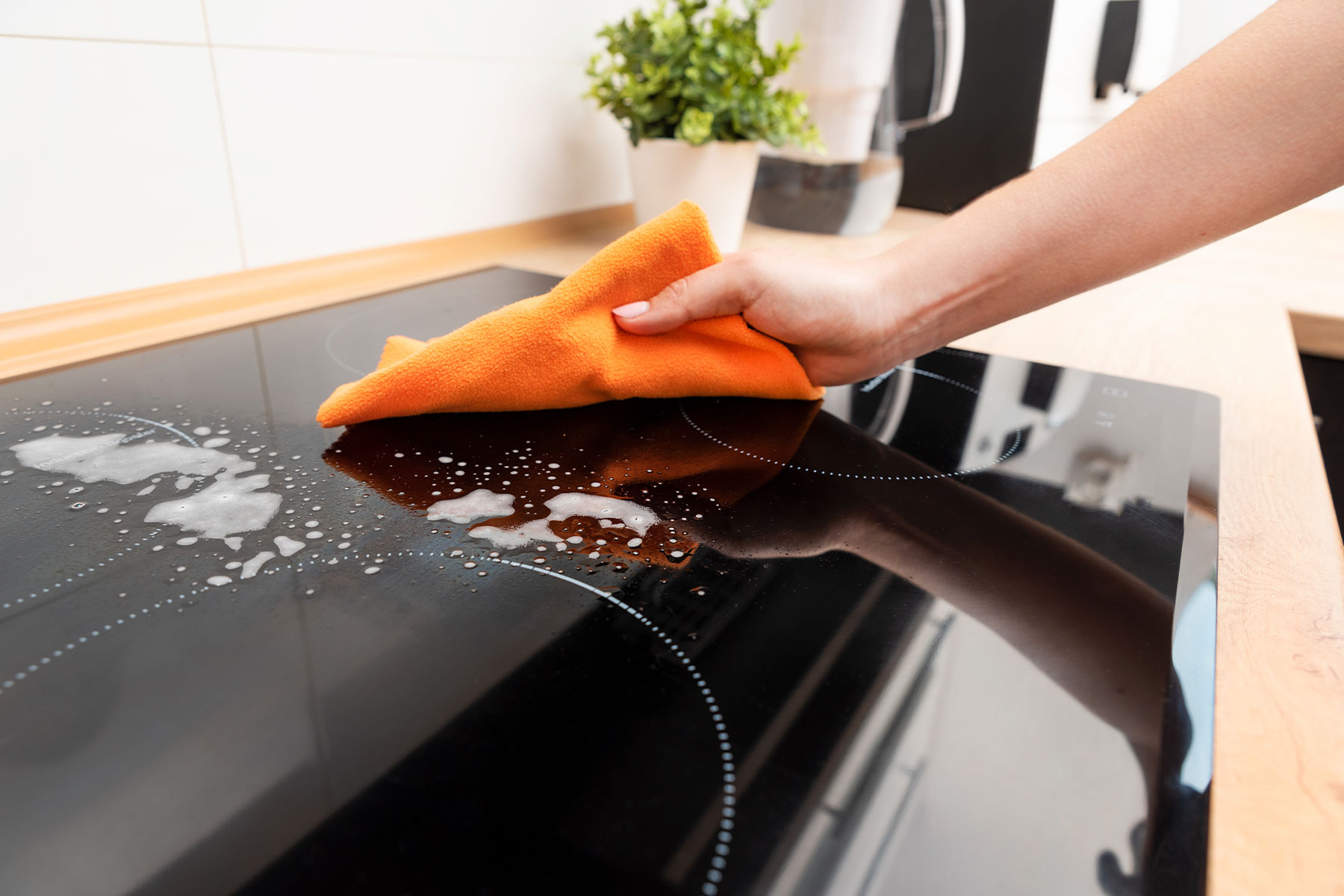Switching from a gas or ceramic cooktop to induction offers a range of benefits, but up until recently the transition came with several challenges - such as electrical upgrades required and updating existing cookware which meant potentially high costs that put many consumers off.
Fortunately, low-current induction cooktops are an emerging solution that can address many of these issues while still providing the advantages of induction technology. We’ll explore how opting for a low-current induction cooktop can help overcome the challenges previously associated with the switch.
Reduced Need for Electrical Upgrades
One of the most significant hurdles when switching to an induction cooktop is the need for electrical upgrades. This can be trickier and more expensive if you’re moving from a gas cooktop - as a standard induction cooktop will require 20-amp , 32-amp or even 42-amp hard-wired connections. You also need to pay attention to cut-out requirements and the need for extra space for ventilation. However switching to a low-current induction cooktop typically requires much less electrical power, allowing you to avoid or reduce these upgrades.
Fisher & Paykel have the solution for you with their new low-current induction cooktop. The key benefit is its compatibility with existing wiring and other kitchen appliances. Its 19.1A current rating and 4.4kW power output, typically eliminates the need for costly electrical upgrades. This means you can enjoy the benefits of induction cooking without the hassle of rewiring your entire kitchen
No new circuit needed: For those switching from gas to induction, a low-current induction cooktop can significantly simplify the process, as you likely won’t need to run new wiring or install a dedicated circuit. This makes it easier to integrate into existing kitchen setups.
Lower Cost of Installation
Another challenge with standard induction cooktops is the cost associated with hiring professionals for installation. Since low-current induction cooktops typically don’t require major electrical work, the overall installation cost is much lower.
In some cases, if your kitchen is already equipped with a standard outlet, you might not even need to hire an electrician to install a low-current induction cooktop.
While low-current cooktops are usually more affordable upfront than standard induction models, their installation costs can also be minimal, making them an attractive option for budget-conscious homeowners.
Compatibility with Smaller Spaces
If you live in a smaller space like an apartment, or compact home, you might find that a traditional induction cooktop requires too much power or space. Low-current induction cooktops are often more compact and designed with small spaces in mind, providing a solution for those with limited kitchen real estate.
By opting for a low-current model, you can upgrade to induction without worrying about whether your kitchen has enough room or enough electrical capacity.
Lower Cost Cookware Transition
One of the concerns when moving to induction is the potential need to replace your existing cookware. Induction cooktops require magnetic cookware to work, meaning that some people will need to buy new pots and pans. However, the power level of your induction cooktop can affect how picky it is with cookware.
Some low-current induction cooktops can be more forgiving when it comes to using a wider variety of cookware. While they still require magnetic materials, the lower power output may be compatible with some cookware that higher-powered models reject.
 Energy Efficiency
Energy Efficiency
While all induction cooktops are known for their energy efficiency, low-current models take this a step further. Unlike traditional electric cooktops, Fisher & Paykel's induction cooktop heats your cookware directly, resulting in faster heating times and more precise temperature control. This means no more lengthy wait times and hello to perfectly cooked meals. Additionally, the intuitive touch controls allow you to adjust the temperature instantly, ensuring that your food is cooked to perfection.
This low-current induction cooktop is designed to be highly energy efficient, converting more energy directly into heat compared to traditional cooktops, which may mean reduced energy consumption and lower bills. Additionally, the cooktop's surface remains cool to the touch, minimising the risk of burns, making it a safer choice for families with children or pets.
Ventilation
Traditional gas cooktops require proper ventilation to safely expel combustion gases. With induction cooking, this isn’t an issue because induction cooktops don’t produce these sort of emissions. Low-current induction cooktops further reduce the need for extensive ventilation by producing even less residual heat compared to higher-powered models.
 Cooler Kitchen Environment
Cooler Kitchen Environment
Cooking with low-current induction cooktops keeps your kitchen cooler, which is especially beneficial in smaller spaces where heat can build up quickly or in the middle of summer where you may be doing more entertaining.
Sleek Design, Easy Maintenance
The Fisher & Paykel Low Current Induction Cooktop may be lower in current but it’s high up in the design stakes. Boasting a sleek and modern design that complements any kitchen style, its seamless black ceramic glass surface is not only visually appealing but is also easy to clean and maintain.
 A Simpler, More Affordable Solution
A Simpler, More Affordable Solution
Swapping from a gas or ceramic cooktop to induction doesn’t have to be complicated or costly. Low-current induction cooktops like those from Fisher & Paykel offer a solution to many of the common challenges people face when making the switch, including the need for electrical upgrades, high installation costs, and compatibility with cookware. With their lower energy requirements and simpler installation, low-current induction cooktops make it easier for homeowners to elevate their cooking experience and enjoy the benefits of induction cooking without breaking the bank or overhauling their kitchen setup.

